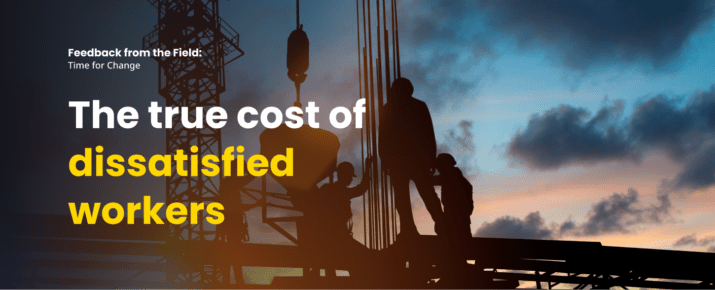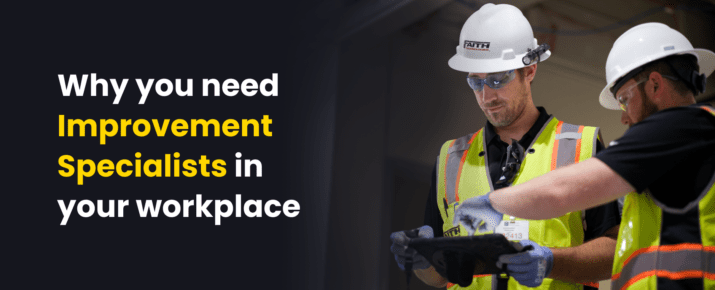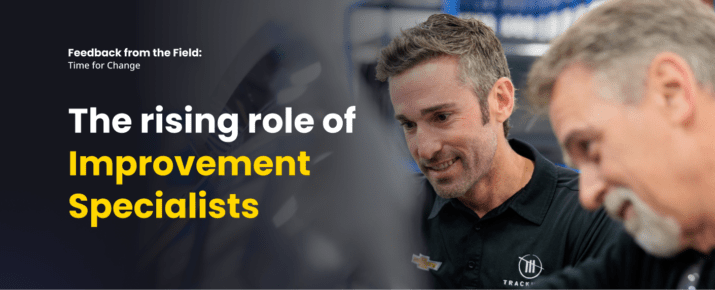4 powerful ways to unlock the DNA of workplace adaptability
World Of Work | By | 10 Nov 2021 | 4 minute read

The world of work is constantly changing – and for many, pandemic-induced acceleration has caused major shifts in how their organization, or their industry as a whole, conducts itself. In order to stay afloat in such conditions, business leaders need to be agile and adaptable to change.
But as any organization that’s gone through a transformation can attest, the journey itself is fraught with challenges – whether that’s generating buy-in from change-averse team members, or allocating the funds to replace legacy technology. Being adaptable in the workplace is central to any organizational change, but how exactly do you become an adaptable business leader? We explore 4 powerful ways to do just that.
What is adaptability in leadership and in the workplace?
The adaptability definition relative to this topic is simple: it means an organization that has the agility, the ability, and the willingness to see what is happening both within and outside of the market – and rapidly respond to it.
For leadership specifically, it’s about being a robust and effective leader who can help your team navigate the hurdles of change in order to meet your goals. In essence, that means forgoing the traditional top-down management style in favor of a continuous feedback loop.
It’s been more than 13 years since IBM Global Business Service’s initial foray into unlocking the DNA of the adaptable workforce, but it still rings true to this day. They uncovered a series of important themes that would support both senior executives and those responsible for the HR tools function to sculpt their adaptability skills. Here are the key points:
- Develop an adaptable workforce that can rapidly respond to changes outside the market.
- Support effective leadership that guides individuals through change and delivers results.
- Crack the code for talent by deploying an integrated talent management model that addresses the entire employee lifecycle.
- Drive growth through workforce analytics that can deliver strategic insight and measure success.
Many of these themes are as relevant today as they were in 2008, but there are a number of new ways you can build your adaptability skills for the betterment of the whole organization. Ready to learn how to improve adaptability in the workplace? Here are four ways you can empower your teams.
1. Embrace tech-driven connectivity
Technology has come such a long way in such a short period of time. When IBM was first looking into adaptability in the workplace, remote work was the rare exception rather than the rule. Today, we’re seeing some of the biggest companies in the world – including IBM – embracing a hybrid work model.
But in order to leverage all the benefits of this new way of working, you need the tools to support your people, both onsite and off. To truly become adaptable with hybrid work practices, there must be an investment in virtual communication tools and facilitation techniques to more effectively connect with people around the world. From video conferencing solutions to mobile training apps and everything in between – you can strengthen the talent of your team members and the quality of your clients by using tech to drive connectivity.
2. Get buy-in for change through openness
Now is the time to spend more time on setting the organizational context and communicating where you believe the company needs to go. Speak to your people – including those at the management level – about how they can improve their performance, rather than simply what performance improvement they are aiming for.
Being specific about your goals and deliberate in your actions is key here. And technology can help you get to where you want to be. For example, a flexible mobile training solution like EdApp can help you adapt to a more hybrid and globalized workforce to improve their performance.
3. Harness the power of insights
Data is the most valuable commodity on the planet, and organizations that aren’t using that information for business decision-making are failing to adapt to a data-driven world.
How exactly you capture and analyze that data will depend on your specific data needs. However, you can use dashboards linked to collaborative tools, which will capture valuable real-time information about people, activities and outcomes. Workforce analytics solutions such as iAuditor Analytics can also deliver strategic insights and help you measure success.
4. Recognize and reward performance
Finally, you can’t expect your people to change with your organization if you fail to adapt to their changing needs. Provide more frequent guidance on which direction you want them to move in, and start thinking about ways you can link performance to recognition. That may be something as simple as verbal praise from the leadership team, personalized eCard from Punchbowl, to a more complex recognition tool like gamifying daily tasks in the office.
Encouraging speak-up culture is another powerful way to ensure your team collaborates better and looks out for one another. Further, by using a tool like iAuditor, employees are empowered to capture problems and risks they see in the workplace, and notify the right people instantly. The common culture of under-reporting will soon be a thing of the past.
Competent leadership requires an adaptable mindset and the confidence to make the right changes for the benefit of the organization. These tips will help you become a better leader in the workplace, and with the right technology in the hands of your team members, you will be able to ride out the constant changes of your industry.
Important Notice
The information contained in this article is general in nature and you should consider whether the information is appropriate to your specific needs. Legal and other matters referred to in this article are based on our interpretation of laws existing at the time and should not be relied on in place of professional advice. We are not responsible for the content of any site owned by a third party that may be linked to this article. SafetyCulture disclaims all liability (except for any liability which by law cannot be excluded) for any error, inaccuracy, or omission from the information contained in this article, any site linked to this article, and any loss or damage suffered by any person directly or indirectly through relying on this information.





